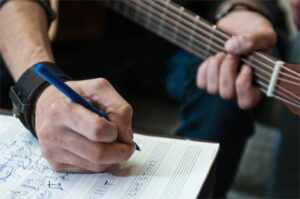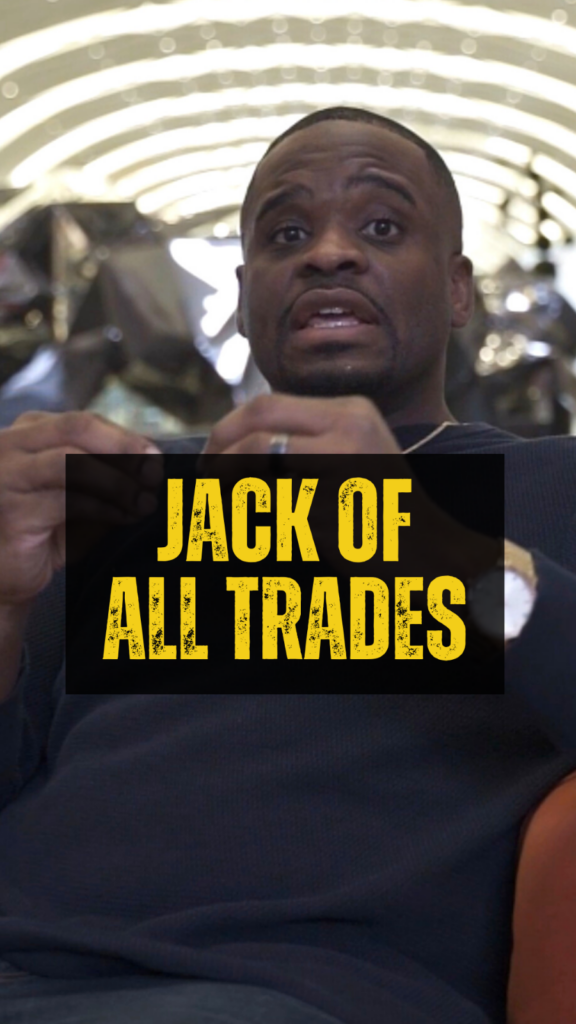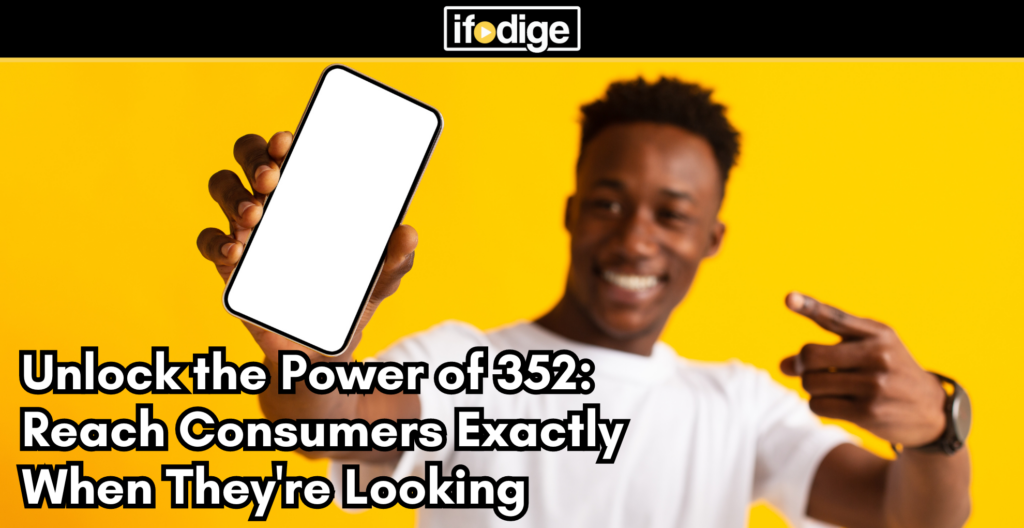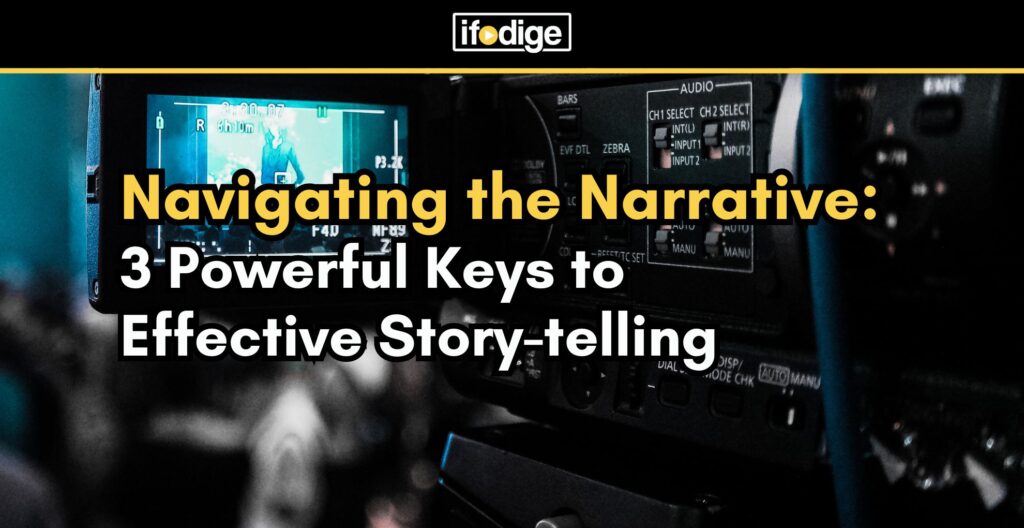by Elias Leight
When Post Malone’s “Rockstar” topped the Hot 100 earlier this month, it marked the fifth hip-hop No. 1 of 2017, tying a chart record. In this climate, it’s not surprising that pop acts are scrambling to capitalize on rap’s chart popularity by borrowing hip-hop production techniques (Katy Perry, Taylor Swift, Demi Lovato) or collaborating with rappers (Maroon 5, Bebe Rexha, Calvin Harris, Charli XCX).
But there’s one notable sector of hold-outs. Over the last 12-15 months, a parade of guitar-toting male troubadours have climbed, slowly and sensitively, on to pop radio, and their singles — from James Arthur‘s “Say You Won’t Let Go” to Niall Horan‘s “Slow Hands” — make no attempt to engage with hip-hop production and delivery. These strum-happy tracks, which tend to be subdued even while expressing desire or angst, also offer the opposite of rap’s buoyant energy. (Additionally, their lethargy separates this recent period of acoustic popularity from a similar surge that took place in 2012 and 2013, when the Lumineers and Mumford & Sons scored hits with songs meant to inspire arena clap-alongs.) But they continue to get airwave play.
“Ed Sheeran really led the way for this,” says Nadine Santos, Director of Programming for Music Choice, which controls audio content for cable TV subscribers. “He had the same sound that came off so adult contemporary, but you went to his shows and saw 12-year-old girls. Everyone picked up on that, and this year you saw a lot more of it.”
In the aftermath of Justin Bieber‘s “Love Yourself,” a Sheeran co-write that hit No. 1 in Feb. 2016, a steady trickle of singer/songwriter ballads has turned into a flood, with, among others, Arthur’s “Say You Won’t Let Go,” large chunks of the new albums by former One Direction members Harry Styles and Niall Horan, and Nick Jonas’ single “Find You” appearing on Billboard’s Pop Songs chart, which tracks radio play at pop stations. MAX had a breakout hit with his ballad “Lights Down Low” — tellingly, a lone outlier on an album that’s packed full of hip-hop-leaning tracks — and Nick Fradiani released his most successful single to date with “All On Me,” which he crafted to be riff-first: “I did not want to lose the fact that I play the guitar and I’m a singer-songwriter,” he tells Billboard.
The climate is so good for singer-songwriters that Sam Hunt‘s “Body Like a Back Road” — a simple acoustic tune that’s likely the least daring single, sonically speaking, Hunt has ever released — became the most successful crossover hit of his career. Maybe more surprising was the success of former Britain’s Got Talentcontestant Calum Scott, a newcomer who took Robyn‘s “Dancing on My Own,” a defiant, battering piece of electronic disco, turned it into a maudlin ballad and scored an American hit. In the end, his version did better than Robyn’s original, suggesting that a guy can go a long way with an acoustic guitar and a somber tune.
And at the moment, it is mostly guys benefiting from the latest wave of interest in the singer/songwriter sound. Female-helmed singles at pop radio tend to sound current; the lone exception on top 40 radio lately is Kesha’s “Praying.” Even Taylor Swift, who has scored crossover singer/songwriter hits in the past, has stuck to singles with chomping, programmed beats in the lead-up to Reputation.
However, the songwriter Ina Wroldsen (Calvin Harris and Disciples’ “How Deep Is Your Love,” Clean Bandit’s “Rockabye”) believes the female artists are also beginning to benefit from the renewed interest in singer/songwriters. “It’s heavily male dominant,” she acknowledges, “[but] as much as the boys are coming, so are the girls, and I like that.” “When I started out,” she continues, “I would do showcases around London and it was like, ‘we really like your songs, you need to lose the baby fat.’ Whereas with the boys, they’re like, ‘that’s him.’ I feel like we’re finally getting to a place where it’s also ok for the girls to be who they are.”
 The rise of slow, acoustic tracks is due in part to a more accommodating radio atmosphere. In 2011, when Calvin Harris‘ “We Found Love” and Katy Perry‘s “Firework” ruled the charts, artists were focused on creating tracks at around 120 beats per minute (b.p.m.), and it would be hard for a song like “Say You Won’t Let Go” to break through. Consequently, the acoustic hits at that time — try the Lumineers’ “Ho Hey” — amped up the energy with resonant kick drums and fun nonsense words.
The rise of slow, acoustic tracks is due in part to a more accommodating radio atmosphere. In 2011, when Calvin Harris‘ “We Found Love” and Katy Perry‘s “Firework” ruled the charts, artists were focused on creating tracks at around 120 beats per minute (b.p.m.), and it would be hard for a song like “Say You Won’t Let Go” to break through. Consequently, the acoustic hits at that time — try the Lumineers’ “Ho Hey” — amped up the energy with resonant kick drums and fun nonsense words.
But the drastic fall in the average tempo of top 40 pop over the past few years has made it much easier to fit stately ballads into rotation. “Radio has its own idea of what the tempo of the times are; right now it’s about 102 or 103 [b.p.m.],” says Jamie Hartmann, who has written songs for James Bay and Kygo. As a result, the tempo gap between ballads and upbeat records is now negligible. There’s just a 4 b.p.m. difference, for example, between “Say You Won’t Let Go” and Luis Fonsi‘s global smash “Despacito,” even though Fonsi’s single got played on rhythmic radio, which wouldn’t touch Arthur’s record with a ten-foot pole. Pop’s downshift naturally means that new doors opened for unhurried ballads.
At the same time, these acoustic ballads stand out as much for what they’re not as what they are. For every musical action, there is a reaction — the Rolling Stones fashioned themselves as a more rugged alternative to the clean-cut Fab Four, “Americana” coalesced as a genre in opposition to “bro country,” and the likes of the Mumford & Sons offered a reprieve from all the high-octane, high-compression dance music that invaded the mainstream in 2012. In a world where everyone pays fealty to hip-hop, the opposite sound cuts through precisely because it does nothing of the sort. If you’re scanning radio frequencies right now, it’s hard to get further away from rap than “Slow Hands” and “Lights Down Low.”
In a related but separate vein, these ballads also gain traction because they rely on guitars at a time when rock is struggling to get any perch in the top 40. When Portugal. The Man crowned the Radio Songs chart (which tracks overall cross-format radio play) recently, they were just the third rock act to do so in the last 15 years. “It’s very hard to be as creative on an electric guitar these days as it used to be; a lot of it’s been done,” Hartmann says. “There’s so much technology-based music that can be made now, and people are using so many different types of instruments that people are a lot bit more restricted by guitars.” Clearly, though, some listeners still crave their guitar fix. “I think [these records] fill a guitar void,” says Mike McVay, EVP, Content & Programming, Cumulus Media and Westwood One.
However, what might have been a void has quickly become a glut, and when any one sound becomes oversaturated, there’s a danger that listeners will start getting bored and tuning out. “If you’re programming an hour of music, you would not want to have similar-sounding artists with similar-sounding songs back to back because then it really eliminates the feel of variety that we all try to present,” McVay says. Radio business veteran Sean Ross recently noted that just two contemporary hit radio stations are No. 1 in their market in October.
But that’s something for programmers to worry about. “People need to stop going, ‘you need this many up-tempos or whatever,'” MAX notes. “You don’t just have to go with whatever’s wavy, whatever’s booming. Just create.”






